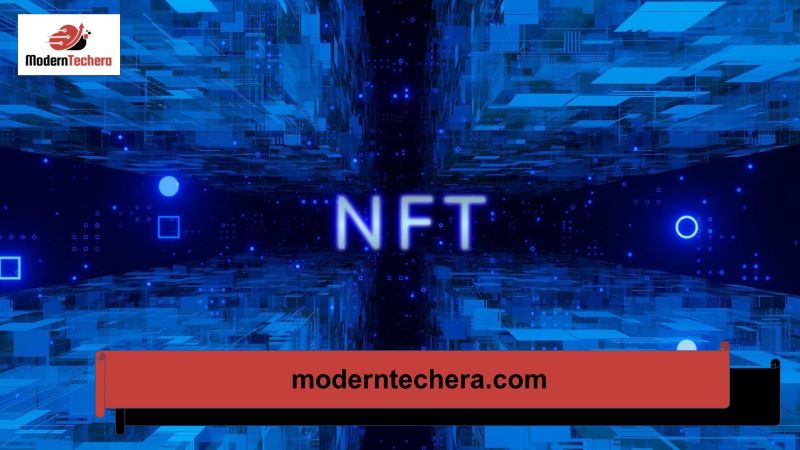NFT Value Estimator is tools that analyze factors like past sales, rarity, and creator reputation to help determine an NFT’s worth. By offering data-driven insights, they empower collectors and investors to make informed decisions. Curious about how NFT Value Estimators work? Let’s explore the basics.
Definition of NFT Value Estimator

An NFT Value Estimator is a tool designed to gauge the potential worth of non-fungible tokens (NFTs) based on a range of data points. Unlike traditional assets, NFTs derive their value from factors such as rarity, demand, historical sales, and creator reputation. By leveraging these variables, an NFT Value Estimator provides a calculated estimate of an NFT’s market value.
The primary purpose of an NFT Value Estimator is to empower buyers and sellers by giving them a clearer picture of the worth of specific digital assets. Investors use this tool to compare different NFTs, ensuring that their purchases align with value predictions. By regularly assessing market trends, an NFT Value Estimator helps users make informed decisions, giving them insights that would be challenging to obtain otherwise.
Ultimately, it is invaluable in a rapidly evolving digital marketplace. It simplifies the process of evaluating NFTs, allowing users to focus on buying and selling strategies without being overwhelmed by fluctuating market dynamics.
The Technology Behind NFT Value Estimator

The technology behind an NFT Value Estimator relies heavily on a combination of advanced data analytics, artificial intelligence, and blockchain data integration. At its core, it pulls historical sales data from blockchain networks, which are public and transparent ledgers that record every transaction related to an NFT. By accessing this blockchain data, the estimator can identify trends, track changes in value over time, and detect fluctuations influenced by market demand.
Machine learning algorithms are also central to how an NFT Value Estimator functions. These algorithms analyze vast amounts of data, not only on transaction history but also on other influential metrics like the creator’s reputation, the NFT’s rarity, and ownership history. As the algorithms process this information, they refine their predictive models, resulting in more accurate value assessments over time.
Another essential component of an NFT Value Estimator is its ability to interpret metadata linked to each NFT. Metadata can include details like the digital artwork’s format, resolution, and associated smart contracts. By considering these unique aspects, the estimator can differentiate between NFTs, ensuring the valuation process is tailored to each asset’s characteristics.
In essence, it operates through a seamless integration of blockchain data, machine learning, and metadata analysis, creating a powerful tool that provides NFT investors with valuable insights to help navigate the complex and evolving NFT market.
Basic Operational Steps of the NFT Value Estimator

The NFT Value Estimator operates through a series of core steps designed to analyze, calculate, and deliver accurate valuation insights for NFTs. By breaking down these steps, we can see how the tool provides a comprehensive assessment based on key data and analytics.
- Data Collection and Integration: The first step for an NFT Value Estimator is to gather data from various sources. This includes blockchain transaction histories, metadata associated with each NFT, and other relevant market data. The estimator retrieves information from multiple platforms, ensuring a broad view of the asset’s market history and potential.
- Data Analysis and Filtering: Once the data is collected, the NFT Value Estimator applies filtering algorithms to remove any irrelevant or inaccurate data points. This step is crucial for ensuring the quality and reliability of the information used for valuation. The tool may filter data based on criteria like transaction type, timing, or ownership transfers, which helps to create a clean dataset for accurate analysis.
- Valuation Algorithm Application: With a filtered and organized dataset, the NFT Value Estimator applies specific valuation algorithms that take into account factors such as the NFT’s rarity, creator profile, and recent sales trends. The algorithms used may vary depending on the estimator’s design, but generally include machine learning models that can detect patterns and predict potential price movements.
- Comparative Market Analysis: After applying the valuation algorithms, the NFT Value Estimator compares the NFT to similar assets in the market. This involves benchmarking against other NFTs with comparable attributes, such as similar rarity levels, creator influence, or transaction history. By performing this comparative analysis, the estimator provides a market-relative valuation that reflects current trends and demand.
- Result Synthesis and Presentation: In the final step, the NFT Value Estimator synthesizes all gathered insights into a coherent valuation report. This report typically includes not just the estimated value but also key indicators that influenced the valuation, like recent sales, scarcity, and historical performance. This information is then presented to users in an easy-to-understand format, allowing investors and collectors to make informed decisions based on the most relevant data.
Overall, the NFT Value Estimator follows a systematic approach, combining data integration, filtering, algorithmic analysis, and comparative market insights to provide an accurate and actionable valuation for each NFT. This step-by-step methodology empowers users to assess NFT values with greater precision and confidence in the dynamic and fast-paced NFT market.
Understanding how an NFT Value Estimator works reveals the complexities of accurately valuing digital assets in the NFT space. By leveraging data integration, sophisticated algorithms, and comparative market analysis, this tool offers a structured approach to valuation, helping investors and collectors make more informed decisions. For more insights on how tools like the NFT Value Estimator are shaping the digital asset landscape, stay updated with ModernTechEra.



